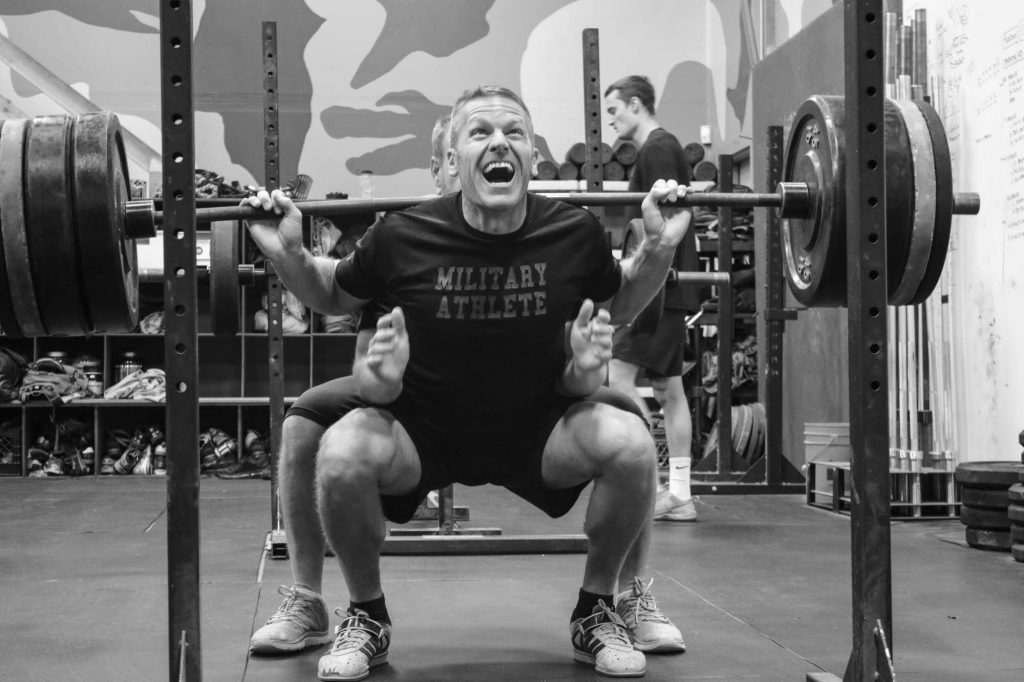
Ego Lifting
If you’ve ever struggled to move more weight than you can handle, your ego may have gotten the best of you.
Most guys tend to lift this way because they learned somewhere that lifting heavy is the only way to build muscle over an extended period of time.
While this does apply to the old principle of progressive overload, you should think about the long-term effects of heavy weight lifting to your joints and ligaments.
Not taking this into consideration could risk you with delayed development in muscle growth or even worse, a critical injury.
The good news is heavy weight lifting doesn’t have to be the only way to make your muscles larger, there are many variables that can be used to achieve great results.

Do You Always Have to Lift Heavy to Build Muscle?
Lifting weights should result in an improvement one of these three areas: hypertrophy (size), strength, or endurance.
These three different goals are achieve by working within different rep ranges. Knowing the repetition range to aim for is the key for success.
A recent study from McMaster University showed how different rep ranges affected athletes working out 3 times a week.
Switching the rep ranges changes the body because of the size recruitment principle. This principle states that muscles are recruited from smallest to largest, with slow-twitch muscle fibers recruited first and fast-twitch fibers recruited last.
For example, when you flex your forearm towards your upper arm in a bicep curl, a signal is sent to your brain that activates slow-twitch muscle fibers in priority to your fast-twitch muscle fibers.
This continues until your fast-twitch fibers are stimulated, which requires you to push your strength to the limit (also known as the one-rep max).
Lifting with only heavy weights isn’t the smartest thing to do, as your fast twitch muscle fibers were never meant to handle resistance for an extended amount of time.
Fast-twitch muscles fatigue the fastest, which limit the number of repetitions you can perform. Falling short of the 8-12 rep range continuously can hinder your progress for continuous muscle growth.
Lifting with lighter weights can produce effects opposite to muscle growth. High repetitions with lighter weights often produces more stress hormones, as these hormones are responsible for division and growth within the cell.
Rep Ranges For Size, Strength, and Endurance
As you design your training program (whether with body weight exercises or free weights), you should keep in mind of the end result. By rotating different rep ranges in your workouts, you can control how your body adapts and develops over the next few months.
These are three rep ranges that can be used:
Strength: 4-6 Reps
Size: 8-12 Reps
Endurance: 15+
If your goal is for an aesthetic physique, using all three rep ranges will give you a most well balanced and proportional physique. This allows you to target muscle fibers of all sizes, rather than isolating just one group.
The Wrap Up
Lifting heavy weights is really important to reach impressive levels of strength, but your ego should be in check when working out this way. Muscle growth generally occurs within rep ranges of 8-12, so lifting heavy in a low rep range will do little to make your muscles grow larger.
